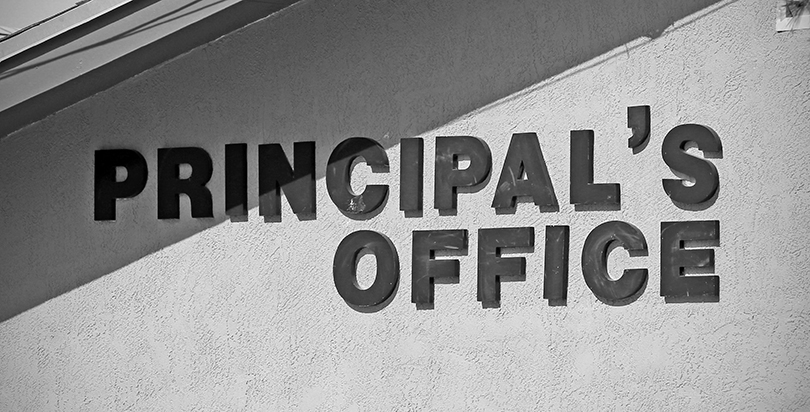Report: For $42 Per Pupil, Districts Can Build Principal Pipelines and Get Better School Leaders

Excellent principals don’t have to be a luxury reserved for affluent communities, according to new research from the RAND Corporation. The report examines a program developed in six large school districts — Charlotte, Denver, and New York City among them — between 2011 and 2016 to hire great school leaders, partially financed by grants from the Wallace Foundation.
While spending substantially less money each year than they dedicated to school meals, authorities were able to construct principal pipelines that could channel more talent into administrative positions.
Experts say searching for better leaders, and keeping them in place once they’ve been found, is key to school improvement. Although estimates vary, some sources say that as many as one-quarter of American principals quit each year, and around 50 percent resign after three years. The strongest school bosses frequently move to better-resourced schools, where they’ll oversee veteran instructors and well-prepared pupils; underperformers may drop out of the profession entirely.
That continuous churn wastes millions of dollars in recruitment and retraining, and it has dire effects in the classroom: According to a study from the National Bureau of Economic Research, high principal turnover is correlated with high teacher turnover, less-experienced staff overall, and lower academic achievement.
Stemming the tide requires a concerted effort, RAND’s authors write, but it need not be costly. Their four-step process of establishing and maintaining a principal pipeline — revising professional standards, identifying and preparing qualified candidates (usually from the assistant principal ranks), implementing better placement strategies, and evaluating new leaders on the job — cost the six districts an average of $5.6 million per year. That works out to roughly $31,000 per principal, and just $42 per student.
By comparison, the same districts spent more than 10 times that amount per pupil on food services ($447 per pupil).
“Our study shows that principal pipelines are not a big-ticket item for school districts,” the authors write. “On average, over the course of the Principal Pipeline Initiative, participating districts devoted 0.4 percent of their current expenditures to principal pipeline activities, during a time when they were making active investments to build, as well as operate, pipelines.”
Although the secondary effects haven’t yet been measured (a follow-up study in 2018 will track student achievement over the course of the initiative), principals hired through the pipelines are already more likely to consider themselves an “excellent” fit for their schools, and district leaders have demonstrated higher confidence in newly hired leaders, according to the report.
Get stories like these delivered straight to your inbox. Sign up for The 74 Newsletter

;)
